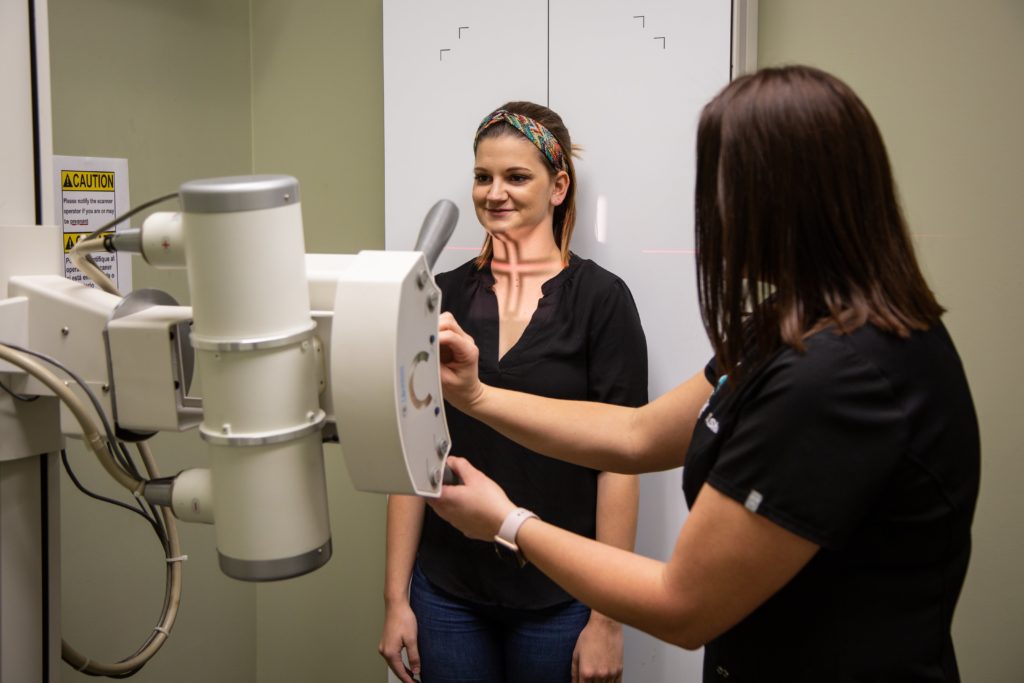Visceral Adjustment is a mild and respectful process to help women handle anatomical mal-placement and dysfunction of the otherwise’typical’pelvis. When good bodily placement is repaired, the reason behind a lot of the suffering and cramping is likewise resolved. The perfect is that each person only feels her period coming on instantly before commencement of movement; completing a simple time a few days later. An interval should very nearly come as a shock in great circumstances.
In the Author’s clinical findings, the most typical uterine/cervix misalignments are a retroverted uteru s (the cervix and uterus have dropped rearwards, towards the rectum), used by way of a horizontal deflection where in actuality the womb and/or cervix are being forced to 1 area or the other, rotating the cervix/vagina junction. A less frequent imbalance can be an antegrade deflection (where the uterus & cervix are drawn ahead, towards leading of the main bladder).
s (the cervix and uterus have dropped rearwards, towards the rectum), used by way of a horizontal deflection where in actuality the womb and/or cervix are being forced to 1 area or the other, rotating the cervix/vagina junction. A less frequent imbalance can be an antegrade deflection (where the uterus & cervix are drawn ahead, towards leading of the main bladder).
In each case, the strong structures that hold the uterus and cervix in anatomical alignment possess some degree of dysfunction, causing technical stress on the cervix. This eliminates the capability of the cervix to allow monthly flow to feed easily. At these times, the uterus however has to eject the untouched placental tissue and so agreements a lot more forcefully. These forceful contractions are the system of the all-too-familiar period cramp.
Visceral Adjustment, thoroughly pioneered by JP Barrall, is a treatment modality where the practitioner employs mild, direct force over the many structures and structures in an attempt to rebalance the anatomical associations within the pelvis (and human body, of course). The experience varies from practitioners to practitioner with two major groups of techniques,’short lever’and’long handle ‘.
Short handle technique is wherever most practitioners start. This is wherever stress is placed entirely on each problematic position, applying movement of the practitioner’s fingers and the client’s human anatomy to facilitate 高松市 交通事故 病院 of each ligament in turn. This is the many’teachable’method and is amazingly effective in its own right.
This little situation collection sets up potential reports analyzing the future outcomes associated with various lumbar spine treatment techniques. Personally i think that line of analysis is very useful as it directly addresses among the disadvantages of low straight back pain research – being able to assure a homogenous patient population. If we realize which people are likely to take advantage of cure intervention, it will soon be easier to fairly compare therapies, which in the long term may benefit patients.

